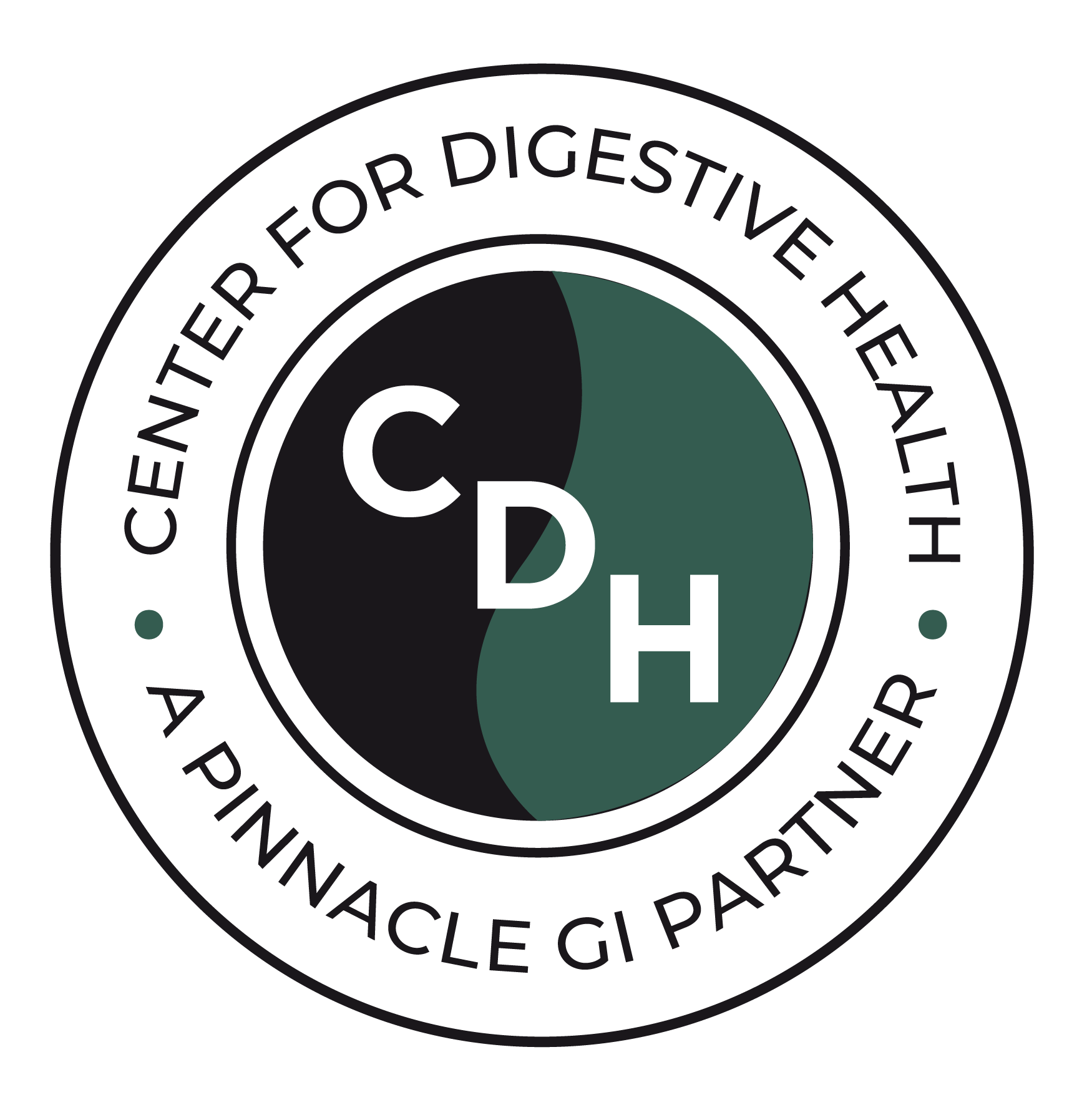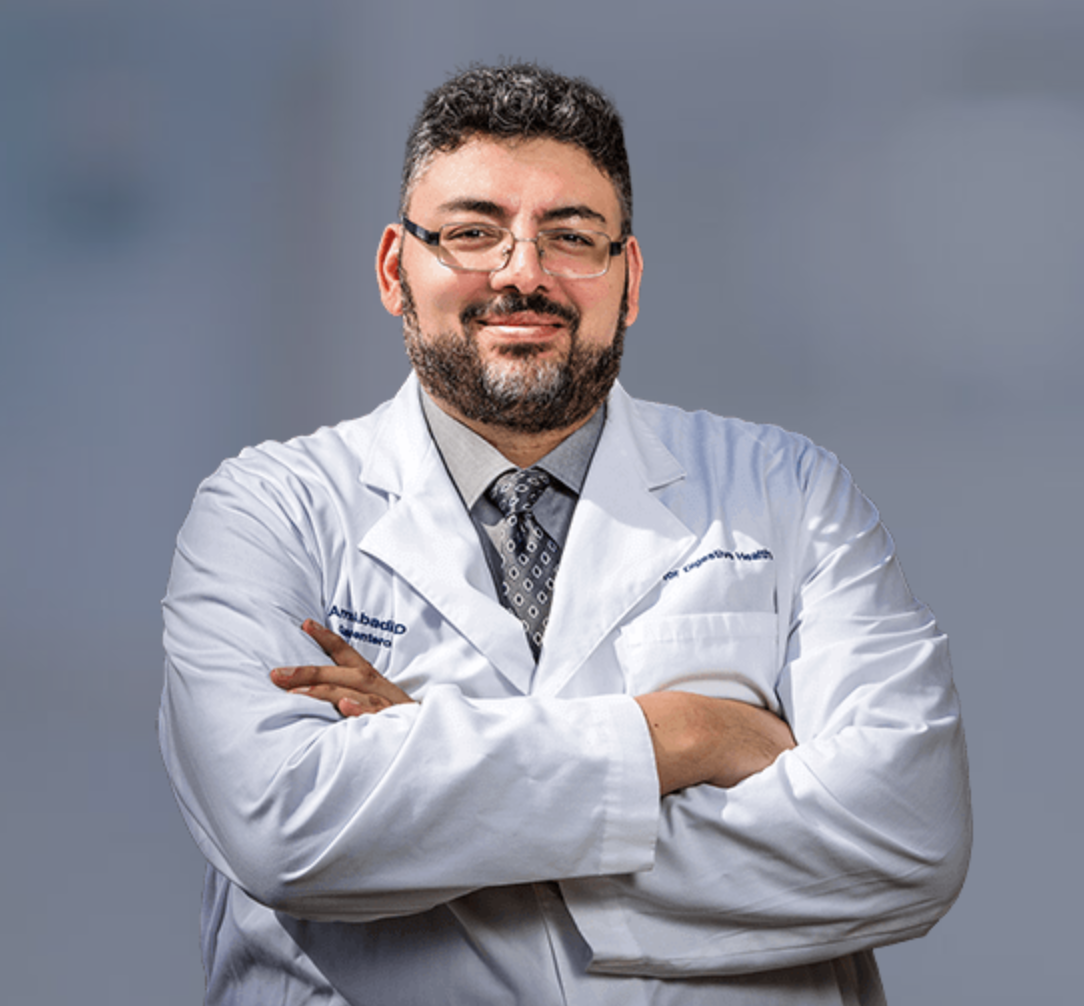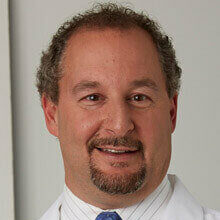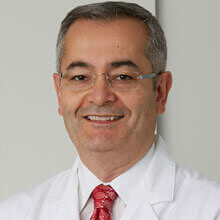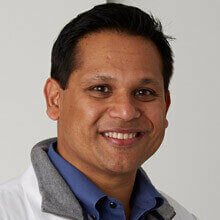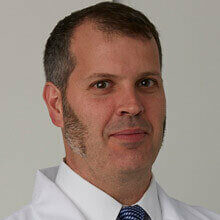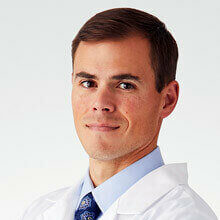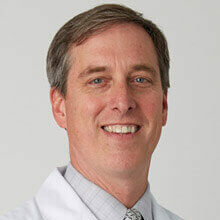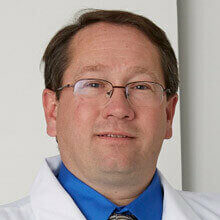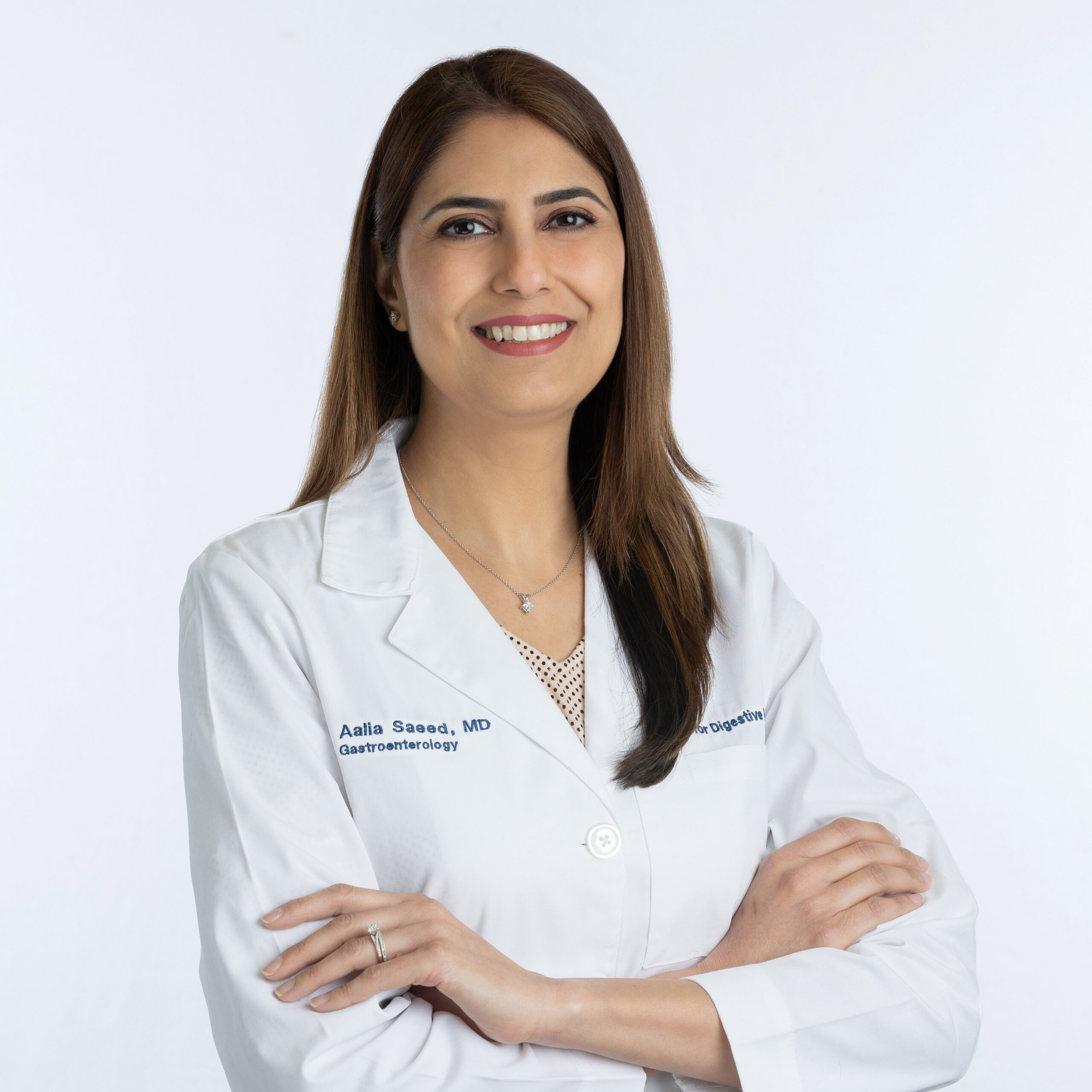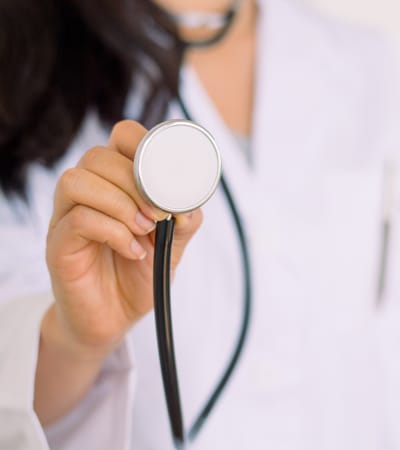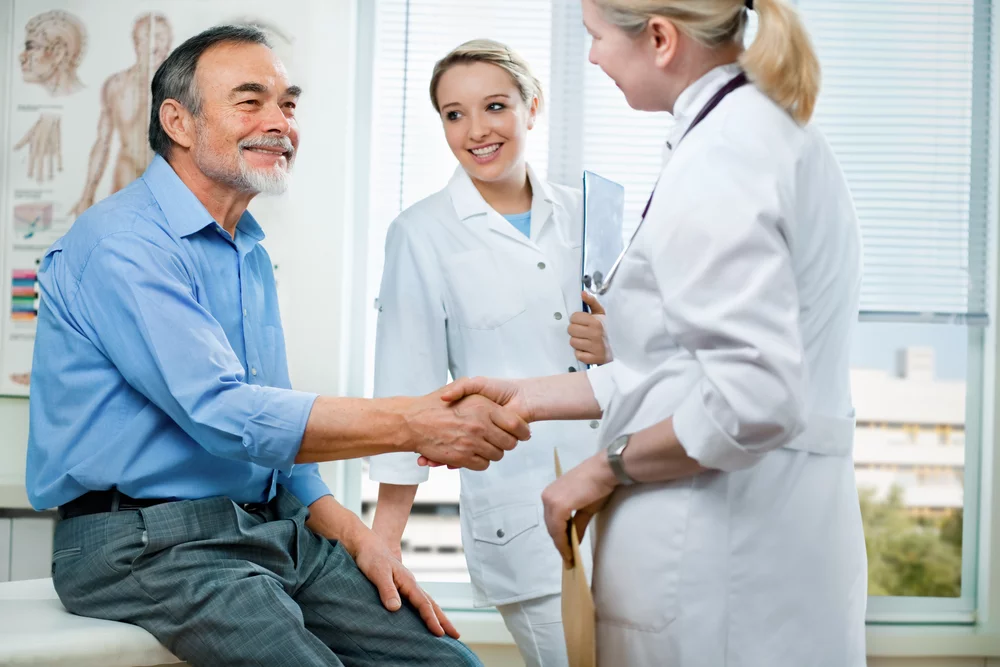EGD / EGD with Bravo / EDG with Dilitation
An esophagogastroduodenoscopy (EGD, also known as an upper endoscopy, upper GI endoscopy or panendoscopy) is a procedure that enables your physician to examine the lining of the upper part of your gastrointestinal tract, which is the esophagus (swallowing tube), stomach and duodenum (the first portion of the small intestine). This is done by using a thin flexible tube with its own lens and light source.
What to Expect
Your doctor will review with you why upper endoscopy is being performed, whether any alternative tests are available and possible complications from the procedure. You will be given medication through a vein to help you relax during the test. While you are in a comfortable position on your side, the endoscope is passed through the mouth, esophagus, stomach and duodenum. The endoscope does not interfere with your breathing during the test and you will be asleep during the procedure.
Applicable Conditions
Click Here to View EGD Prep Instructions
What Is An Upper Endoscopy?
Upper Endoscopy (also known as an upper GI endoscopy, esophagogastroduodenoscopy [EGD] or panendoscopy) is a procedure that enables your physician to examine the lining of the upper part of your gastrointestinal tract, i.e., the esophagus (swallowing tube), stomach, and duodenum (first portion of the small intestine). This is done by using a thin flexible tube with its own lens and light source.
Why Is Upper Endoscopy Done?
Upper endoscopy is usually performed to evaluate symptoms of persistent upper abdominal pain, nausea, vomiting, or difficulty swallowing. It is also the best test for finding the cause of bleeding from the upper gastrointestinal tract.
Upper endoscopy is more accurate than x-ray films for detecting inflammation, ulcers or tumors of the esophagus, stomach and duodenum. Upper endoscopy can detect early cancer and can distinguish between benign and malignant (cancerous) conditions when biopsies (small tissue samples) of suspicious areas are obtained. Biopsies are taken for many reasons and do not necessarily mean that cancer is suspected. A cytology test (introduction of a small brush) to collect cells may also be performed.
What Preparation Is Required?
For the best (and safest) examination, the stomach must be completely empty. You should have nothing to eat or drink, including water, after midnight the night before your procedure. Your doctor will be more specific about the time to begin fasting, depending on the time of day that your test is scheduled.
It is best to inform your doctor of your current medications as well as any allergies.
Why do I need arrangements to get home after the test?
You will need to arrange to have someone to accompany you home from the examination because sedatives may affect your judgement and reflexes for the rest of the day. If you received sedation, you will not be allowed to drive after the procedure even though you may not feel tired.
What can be expected during the upper endoscopy?
Your doctor will review with you why upper endoscopy is being performed, whether any alternative tests are available and possible complications from the procedure. You will be given medication through a vein to help you relax during the test. While you are in a comfortable position on your side, the endoscope is passed through the mouth and then in turn through the esophagus, stomach and duodenum. The endoscope does not interfere with your breathing during the test and you will be asleep during the procedure.
What happens after upper endoscopy?
After the test, you will be monitored in the endoscopy area until most of the effects of the medication have worn off. Your throat may be a little sore for a while, and you may feel bloated right after the procedure because of the air introduced into your stomach during the test. You will be able to resume your diet after you leave the procedure area unless you are instructed otherwise.
In most circumstances, your doctor can inform you of your test results on the day of the procedure; however, the results of biopsies or cytology samples taken will take several days.
What are the possible complications of upper endoscopy?
Endoscopy is generally safe. Complications can occur, but are rare when the test is performed by physicians with specialized training and experience in this procedure. Bleeding may occur from a biopsy site or where a polyp was removed. It is usually minimal and rarely requires blood transfusions or surgery. Localized irritation of the vein where medication was injected may rarely cause a tender lump lasting for several weeks, but this will go away eventually. Applying heat packs or hot moist towels may help relieve discomfort. Major complications, such as perforations (a tear in the lining of the GI tract that might require surgery for repair), are very uncommon.
